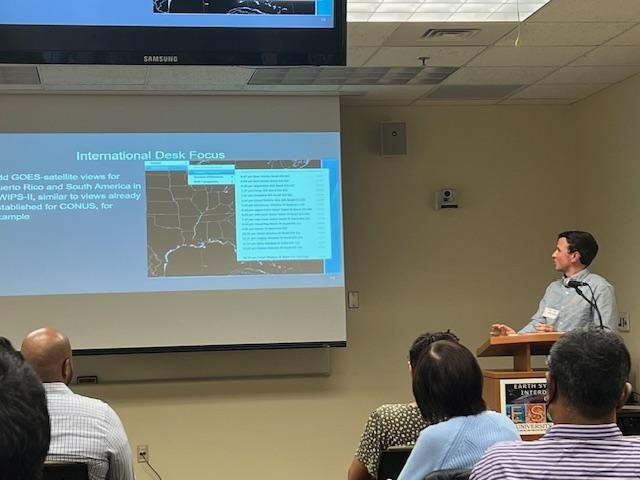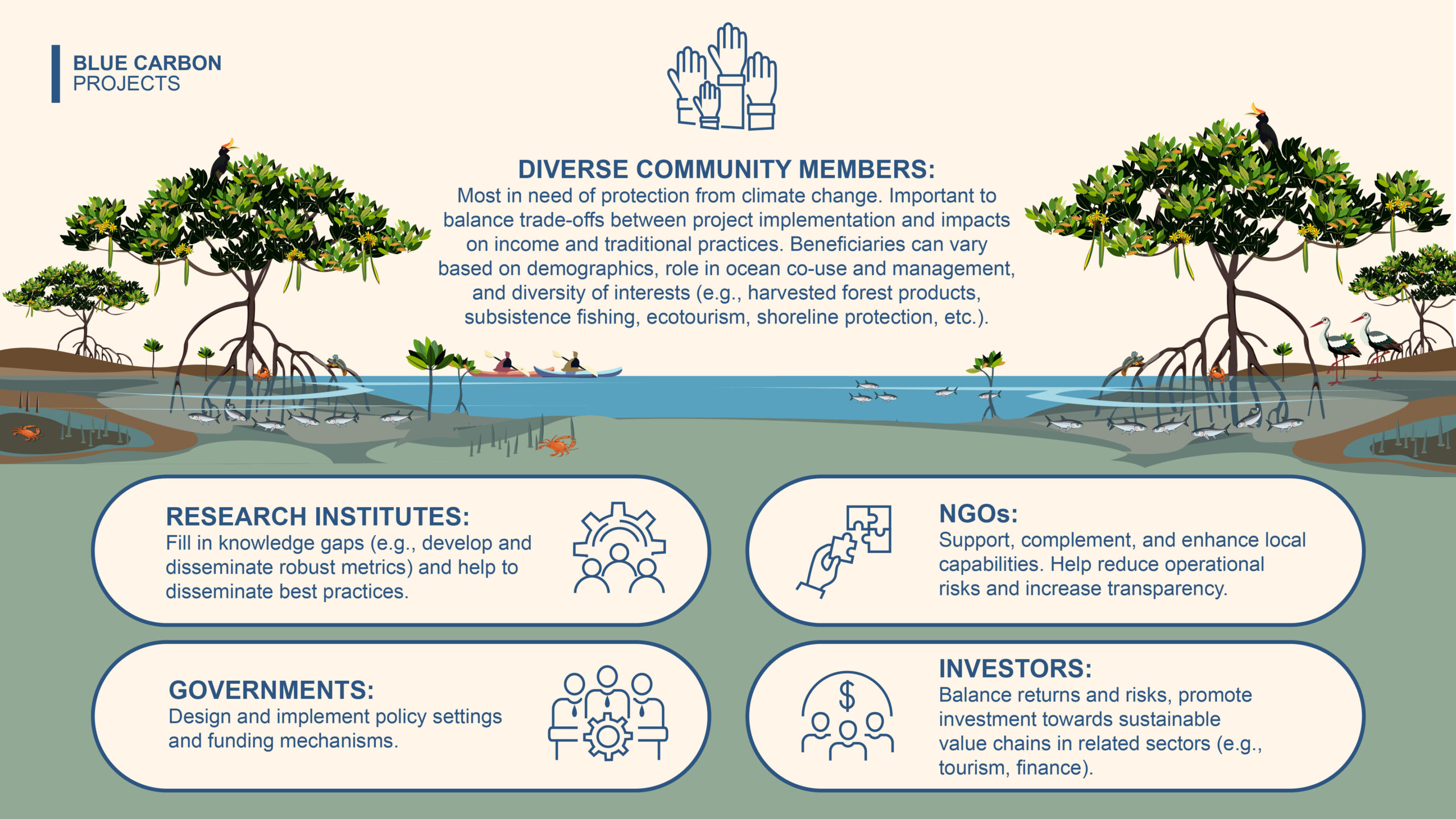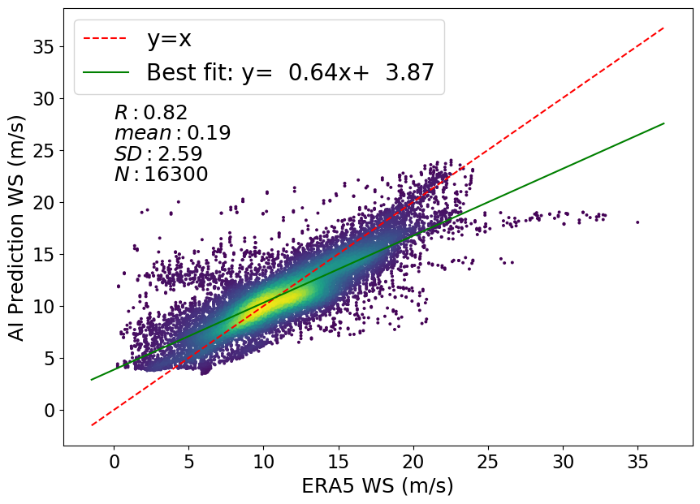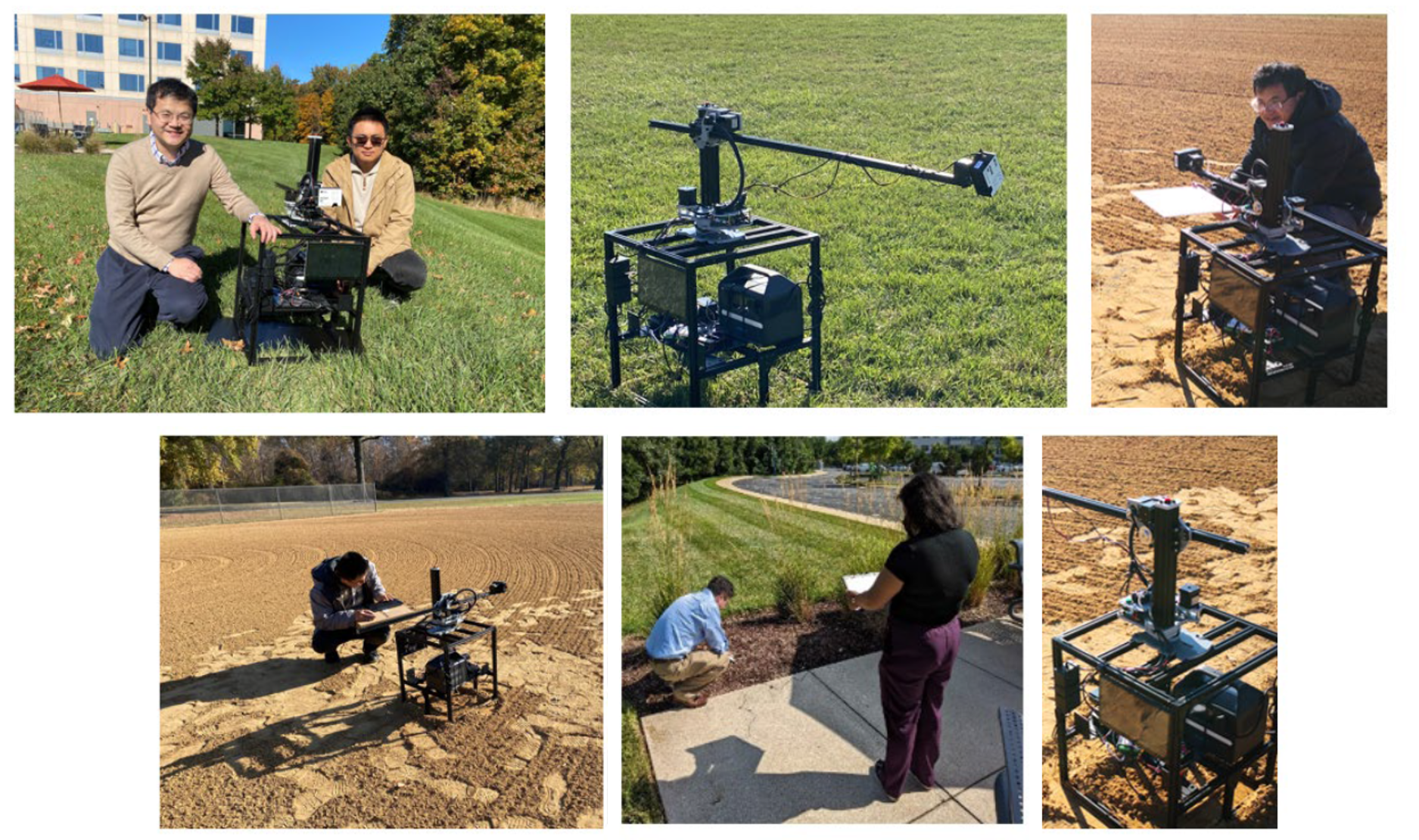ESSIC/CISESS scientist Alexey Mishonov is one of the authors of the newly released World Ocean Atlas 2023. The World Ocean Atlas 2023 (WOA23) is a set of temperature, salinity, oxygen, phosphate, silicate, and nitrate means based on profile data from the World Ocean Database (WOD). WOA23 includes approximately 1.8 million new oceanographic casts added to the WOD since WOA18’s release, as well as renewed and updated quality controls. The database can be used to create boundaries and/or initial conditions for a variety of ocean models, verify numerical simulations of the ocean, and corroborate satellite data.











